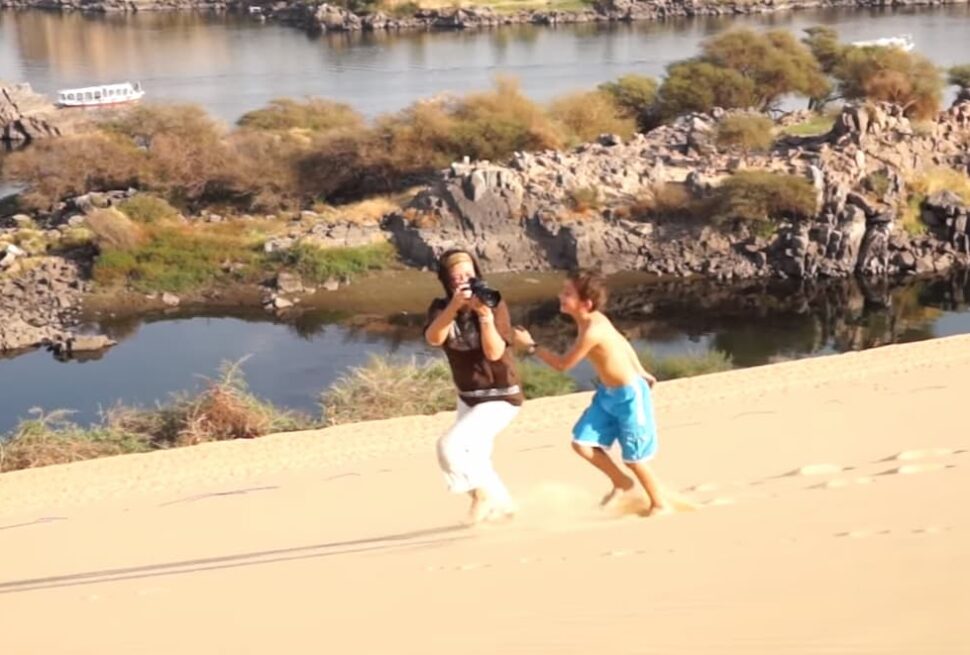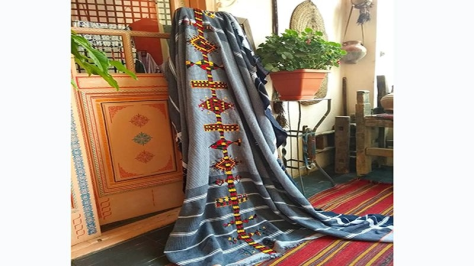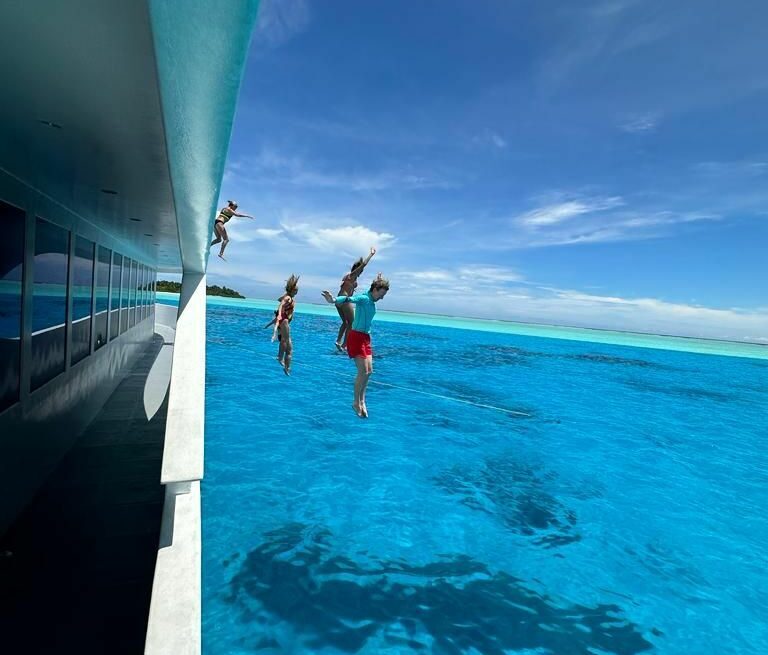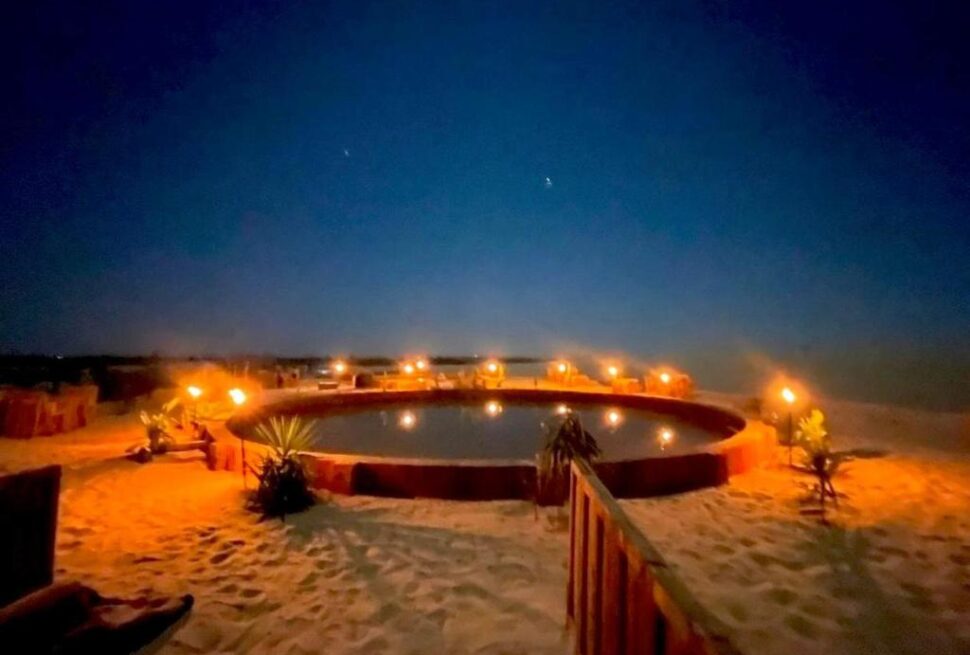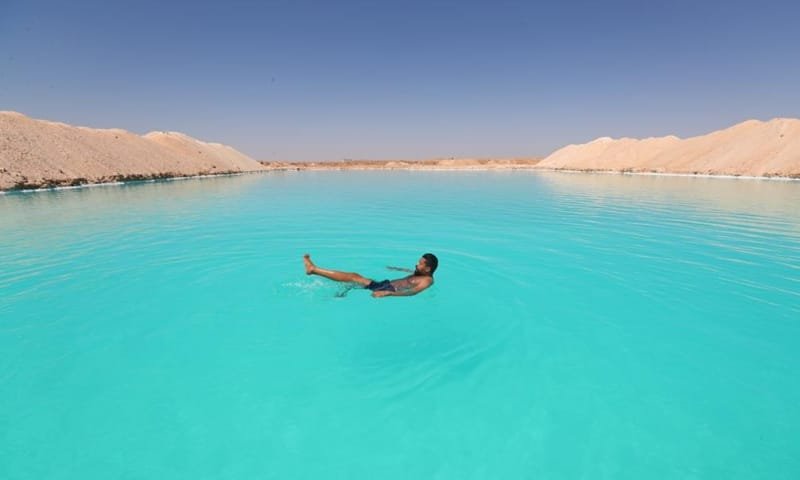
Introduction
Overview of Siwa Culture
Upon stepping into Siwa, you quickly sense the richness of its culture. The blend of ancient traditions and modern influences form a captivating tapestry. I remember the first time I encountered the vibrant local festivals, where music, dance, and art intertwined seamlessly.
Importance of Cultural Tourism
Cultural tourism in Siwa isn’t just about observing; it’s about experiencing history and community life first-hand! Engaging with locals fosters understanding and appreciation. Consider these benefits:
- Preservation of Traditions: Tourism helps maintain heritage.
- Economic Empowerment: Local crafts and delicacies thrive.
- Cultural Exchange: Visitors learn, and locals share their stories.
It’s this wonderful synergy that makes Siwa a must-visit destination!
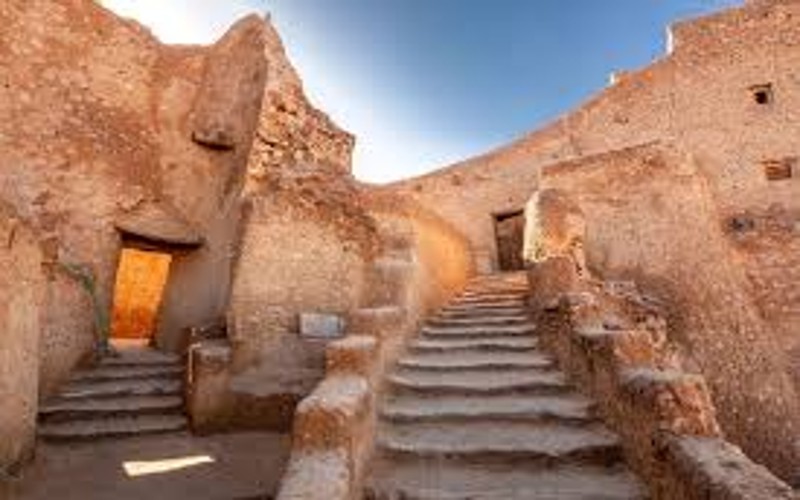
History of Siwa
Ancient Origins
Siwa’s history is as mesmerizing as its landscape, with roots tracing back thousands of years. I was fascinated to learn about the Oracle Temple of Amun, where ancient Egyptians once sought divine guidance.
Influences and Traditions
As I explored Siwa, it was evident that various cultures have shaped its identity. The Berber influence is especially strong, as reflected in local language and customs. Key influences include:
- Ancient Greek: Cultural exchanges through trade.
- Roman: Architectural remains still visible today.
- Bedouin Traditions: Their hospitality and storytelling enrich the local narrative.
These layers make Siwa a unique cultural mosaic!

Traditional Practices
Unique Rituals and Celebrations
One of the highlights of my visit to Siwa was witnessing the vibrant rituals and celebrations that speak volumes about the community’s spirit. For instance, I took part in the Harvest Festival, where locals expressed gratitude through music and dance. Some unique celebrations include:
- Weddings: Elaborate festivities lasting days, showcasing traditions.
- Religious Ceremonies: Milk and date offerings are common in rituals.
Cultural Arts and Crafts
Siwa is a treasure trove of cultural arts and crafts! As I wandered through local markets, handwoven textiles and intricate pottery caught my eye. Notable crafts include:
- Silk Weaving: Stunning patterns with deep meanings.
- Mud-brick Architecture: An art form that reflects sustainable practices.
These traditional crafts embody the heart and soul of Siwa’s heritage!
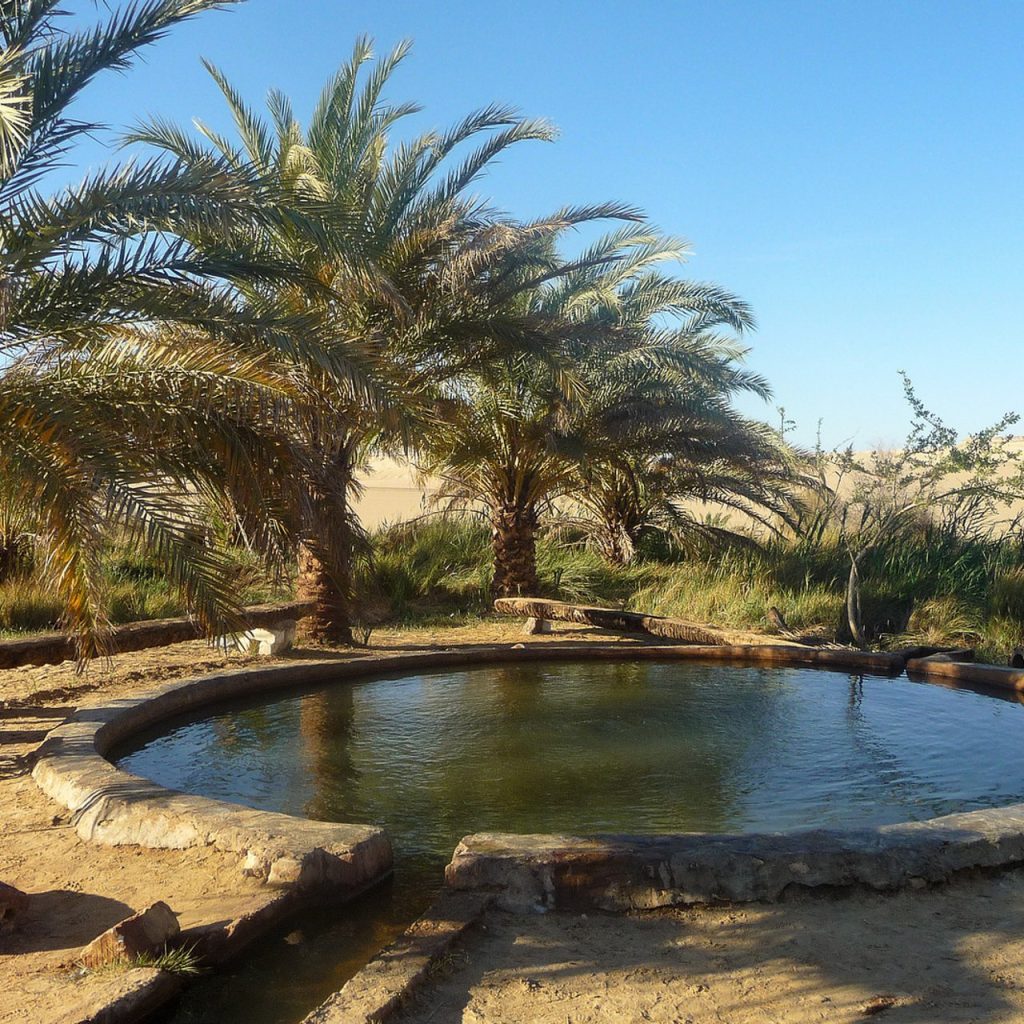
Culinary Delights
Traditional Siwan Cuisine
Exploring Siwa is a treat for the taste buds! I fondly remember my first taste of traditional Siwan cuisine, which is bursting with flavor. The staple dish, Berbers’ Couscous, made with fresh vegetables and aromatic spices, was simply unforgettable. Some must-try dishes include:
- Foul Medames: A hearty fava bean stew.
- Lentil Soup: Perfectly spiced and comforting.
Culinary Influences from the Region
Siwa’s culinary scene isn’t just local; it’s a delightful blend of influences! I discovered how neighboring regions contribute to its flavor profile. Key influences include:
- Mediterranean: Olive oil and fresh seafood.
- Middle Eastern: Shawarma and flatbreads add variety.
These dynamic flavors truly make dining in Siwa an adventure!
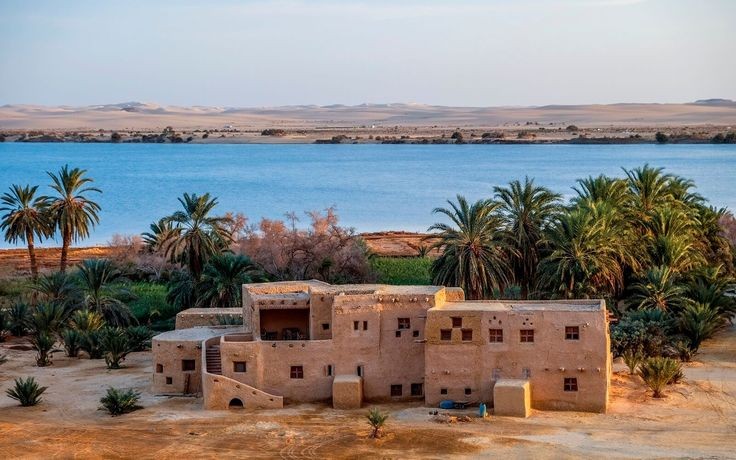
Architectural Treasures
Siwan Architecture Styles
As I wandered through Siwa, I was mesmerized by its unique architectural styles that tell stories of generations past. The use of locally sourced mud bricks creates structures harmoniously blended with the landscape. Key architectural features include:
- Traditional Houses: Built with thick walls to retain coolness, adorned with intricate carvings.
- Fortified Structures: The defensive designs served their purpose throughout history.
Historic Buildings and Landmarks
Among my favorite discoveries were the historic buildings and landmarks that reflect Siwa’s rich heritage. The ancient Shali Fortress, with its crumbling walls and stunning views, left me in awe. Must-see sites include:
- Oracle Temple of Amun: A sacred spot for ancient seekers.
- Fatnas Island: Home to ancient ruins and breathtaking sunsets.
Each structure adds depth to Siwa’s cultural narrative and beckons exploration!Source: egypttourmagic.com
Natural Wonders
Exploring the Oasis
The moment I set foot in the Siwa Oasis, I was spellbound by its beauty. The lush palm groves, sparkling natural springs, and serene landscapes created a breathtaking backdrop. I couldn’t resist taking a dip in the famed Cleopatra’s Pool, reputedly loved by the queen herself!Highlights of the oasis include:
- Salt Lakes: Stunning sights, especially at sunrise.
- Natural Springs: Refreshing spots perfect for relaxing.
Biodiversity of the Siwa Region
Siwa is not just visually stunning; it’s also a biodiversity hotspot! I was pleasantly surprised to encounter various flora and fauna during my exploration. Notable species include:
- Endemic Plants: Unique vegetation found nowhere else.
- Birdlife: A haven for birdwatchers, with migratory and local species.
The natural wonders of Siwa truly celebrate the delicate balance between nature and culture!

Cultural Experiences
Interacting with Locals
One of the most rewarding aspects of my trip to Siwa was interacting with the locals. Their warm hospitality and genuine smiles made me feel right at home. I vividly recall a friendly Siwan woman inviting me into her home for tea, sharing stories about her traditions and family.Benefits of these interactions include:
- Cultural Exchange: Learning about the rich history and customs.
- Friendship: Building connections that transcend borders.
Participating in Traditional Activities
Diving into traditional activities allowed me to connect deeply with Siwa’s culture. I joined a local crafting workshop, where I learned to weave beautiful rugs using techniques passed down through generations.Must-try activities include:
- Cooking Classes: Create authentic Siwan dishes alongside locals.
- Music and Dance: Participate in traditional performances during festivals.
These immersive experiences made my visit to Siwa unforgettable and enriched my understanding of its vibrant culture!


